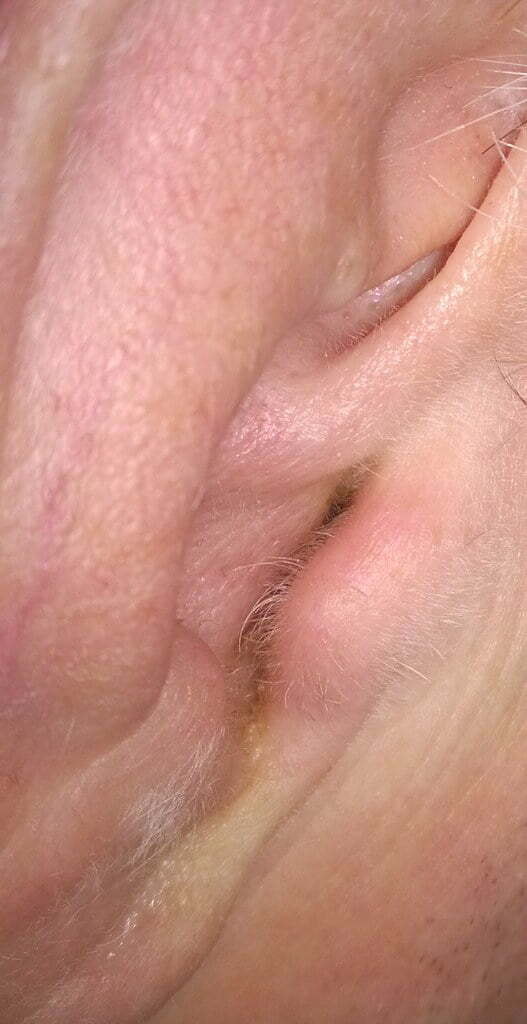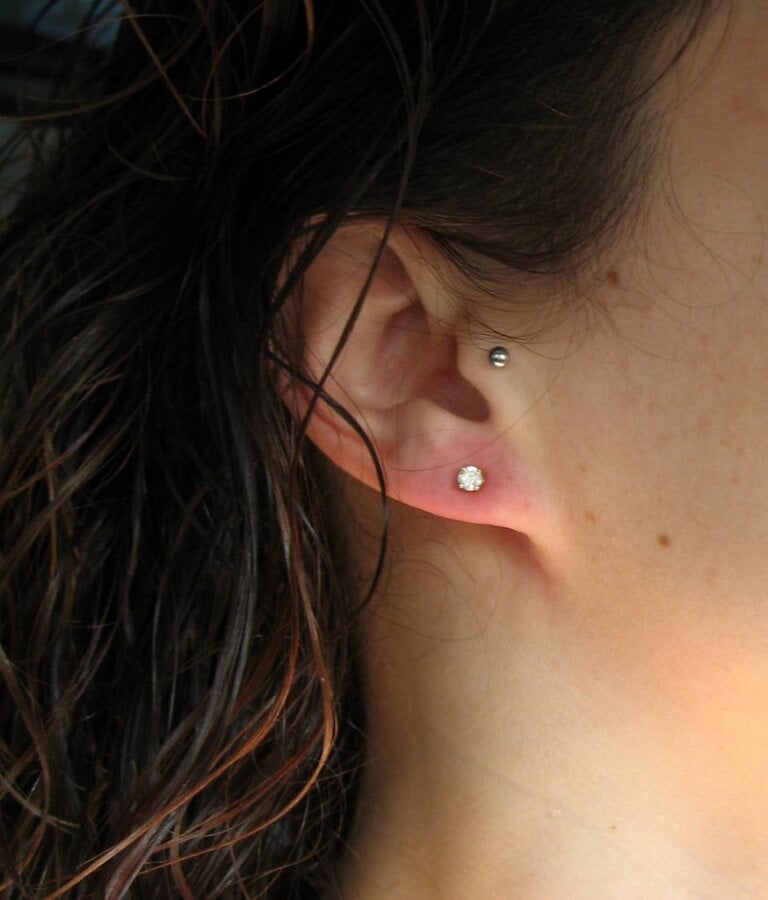Ear Wax: A Guardian of Health: Exploring the Crucial Role of Ear Wax in Ear Health
Last Updated on 3rd May 2024 by Admin
Ear wax, also known as cerumen, is a naturally occurring secretion found in the ear canal. Despite its reputation as a nuisance and something to be removed, ear wax actually plays a crucial role in maintaining the health of our ears. In this article, we will delve into the important functions of ear wax and explore why it is essential for ear health.
The Purpose of Ear Wax
Ear wax serves as a protective barrier, guarding the delicate structures of the ear against foreign objects, dust, and bacteria. It is produced by the ceruminous glands in the ear canal and is a combination of secretions, dead skin cells, and hair.
1. Physical Protection
One of the primary functions of ear wax is to provide physical protection to the ear canal. It acts as a natural defence mechanism, trapping debris, dust, and small particles that may enter the ear. These foreign substances can potentially damage the eardrum or cause irritation, but ear wax prevents their entry, reducing the risk of infection and injury.
Ear wax creates a barrier that prevents insects, dirt, and other foreign objects from entering the ear canal. The sticky consistency of ear wax helps to trap these particles, preventing them from reaching the delicate structures of the ear. Additionally, ear wax acts as a lubricant, allowing the ear canal to remain flexible and preventing friction that could lead to irritation or injury.
2. Moisturisation and Lubrication
Ear wax also serves as a natural moisturiser and lubricant for the ear canal. The ear canal is lined with sensitive skin that can become dry or irritated if not properly lubricated. Ear wax helps to maintain the moisture balance in the ear canal, preventing dryness and reducing the risk of itching or inflammation. By keeping the ear canal adequately moisturised, ear wax supports the overall health and proper functioning of the ear.
3. Antibacterial and Antifungal Properties
Ear wax contains natural antimicrobial properties that help to inhibit the growth of bacteria and fungi. The acidic nature of ear wax creates an unfavourable environment for microorganisms, reducing the risk of infections in the ear canal. This protective mechanism is essential in preventing ear infections, particularly in individuals with a higher susceptibility, such as those with compromised immune systems or frequent exposure to water (swimmers, for example).
The Self-Cleaning Mechanism of Ear Wax
Contrary to popular belief, ear wax has a self-cleaning mechanism. The self-cleaning mechanism of the ear involves the migration of ear wax from the deeper parts of the ear canal towards the ear opening. This movement is facilitated by the regular movements of the jaw, such as talking, chewing, or yawning. As the jaw moves, it helps to push the ear wax towards the outer part of the ear canal, where it eventually dries up and flakes off or falls out.
It is important to note that cleaning the ears excessively or using objects such as cotton buds to remove ear wax can disrupt this natural process. Such actions can push the wax deeper into the ear canal, leading to impaction or blockage, which may cause discomfort, hearing loss, or even damage to the ear canal or eardrum.
When to Seek Professional Assistance
While ear wax is generally harmless and beneficial, there are instances where it may cause problems or require professional attention. If you experience any of the following symptoms, it is advisable to seek assistance from a healthcare professional:
- Pain or Discomfort: If you are experiencing pain, discomfort, or a feeling of fullness in the ear, it could indicate an earwax blockage that needs to be addressed.
Excessive accumulation of ear wax can lead to a blockage in the ear canal, causing pain or discomfort. The blockage can create a feeling of fullness or pressure in the ear, making it difficult to hear. Seeking professional assistance is necessary to safely remove the excess ear wax and relieve the symptoms.
- Hearing Loss: A sudden or gradual decrease in hearing ability may be a sign of impacted ear wax.
Impacted ear wax, where the wax becomes tightly packed in the ear canal, can lead to a temporary hearing loss. The wax blocks the sound waves from reaching the eardrum, resulting in reduced hearing ability. In such cases, it is important to consult a healthcare professional for proper examination and ear wax removal.
- Ringing in the Ears: Persistent ringing or buzzing sounds in the ear, known as tinnitus, can sometimes be caused by excessive ear wax.
Excessive ear wax can sometimes contribute to the development or worsening of tinnitus, a condition characterised by the perception of ringing or buzzing sounds in the ears. This can be a distressing symptom that affects daily life. If tinnitus is accompanied by other signs of excessive ear wax, it is recommended to seek professional assistance to address the underlying cause.
- Dizziness or Vertigo: In some cases, a build-up of ear wax can affect the balance organs in the inner ear, leading to dizziness or vertigo.
When excessive ear wax affects the balance organs in the inner ear, it can disrupt the normal sense of balance and coordination. This may result in dizziness or vertigo, causing a spinning sensation or a loss of balance. If dizziness or vertigo is suspected to be related to ear wax build-up, it is important to consult a healthcare professional for proper evaluation and treatment.
- Foul Smell or Discharge: If you notice a foul smell or discharge from the ear, it may indicate an infection or an underlying issue that needs attention.
A foul smell or discharge from the ear can be a sign of an infection or an underlying issue, such as a perforated eardrum. In such cases, it is essential to seek professional assistance for diagnosis and appropriate treatment. The healthcare professional will determine the cause of the smell or discharge and provide the necessary interventions, which may include ear wax removal.
Safe Ear Wax Removal Methods
When professional assistance is required for ear wax removal, it is important to opt for safe and effective methods. The safest method of ear wax removal is microsuction and/or manual instruments, this is what is offered by our clinicians at Hearing First.
- Microsuction: Microsuction is a cutting-edge technique that utilises a suction device to gently remove excess ear wax. This method is considered one of the safest and most efficient ways to eliminate ear wax without causing any discomfort or damage to the ear canal.
The suction device used in microsuction allows for precise control, ensuring the complete removal of wax without harming the delicate structures of the ear. This is particularly important in cases where the wax is impacted or close to the eardrum. Microsuction is often performed by trained healthcare professionals, such as audiologists or ear, nose, and throat specialists. It is highly recommended for individuals with a history of ear infections, perforated eardrums, or those who have undergone ear surgery.
- Manual Instruments: In some cases, a healthcare professional may use specialised tools, such as a curette, hook or forceps, to manually remove the ear wax. This method requires expertise to avoid injury to the delicate structures of the ear.
Manual removal of ear wax is another method employed by healthcare professionals when necessary. This involves the use of specialised tools, such as a curette, hook or forceps, to carefully extract the ear wax from the ear canal. It requires expertise to ensure the safety of the patient and to prevent any damage to the delicate structures of the ear. Manual removal is typically reserved for cases where microsuction alone is not sufficient.
It is crucial to avoid attempting to remove ear wax at home without professional guidance or using unsafe methods, such as inserting cotton buds or other objects into the ear canal. These actions can lead to further complications and should be strictly avoided.
Conclusion
Ear wax, often considered a nuisance, plays a significant role in maintaining ear health. Its functions go beyond just trapping debris; ear wax provides physical protection, moisturises the ear canal, and possesses antimicrobial properties. Understanding the importance of ear wax and its self-cleaning mechanism can help us avoid unnecessary interventions that may harm our ears. However, if symptoms arise or professional assistance is needed, it is essential to seek the guidance of a healthcare professional who can ensure safe and effective ear wax removal.







